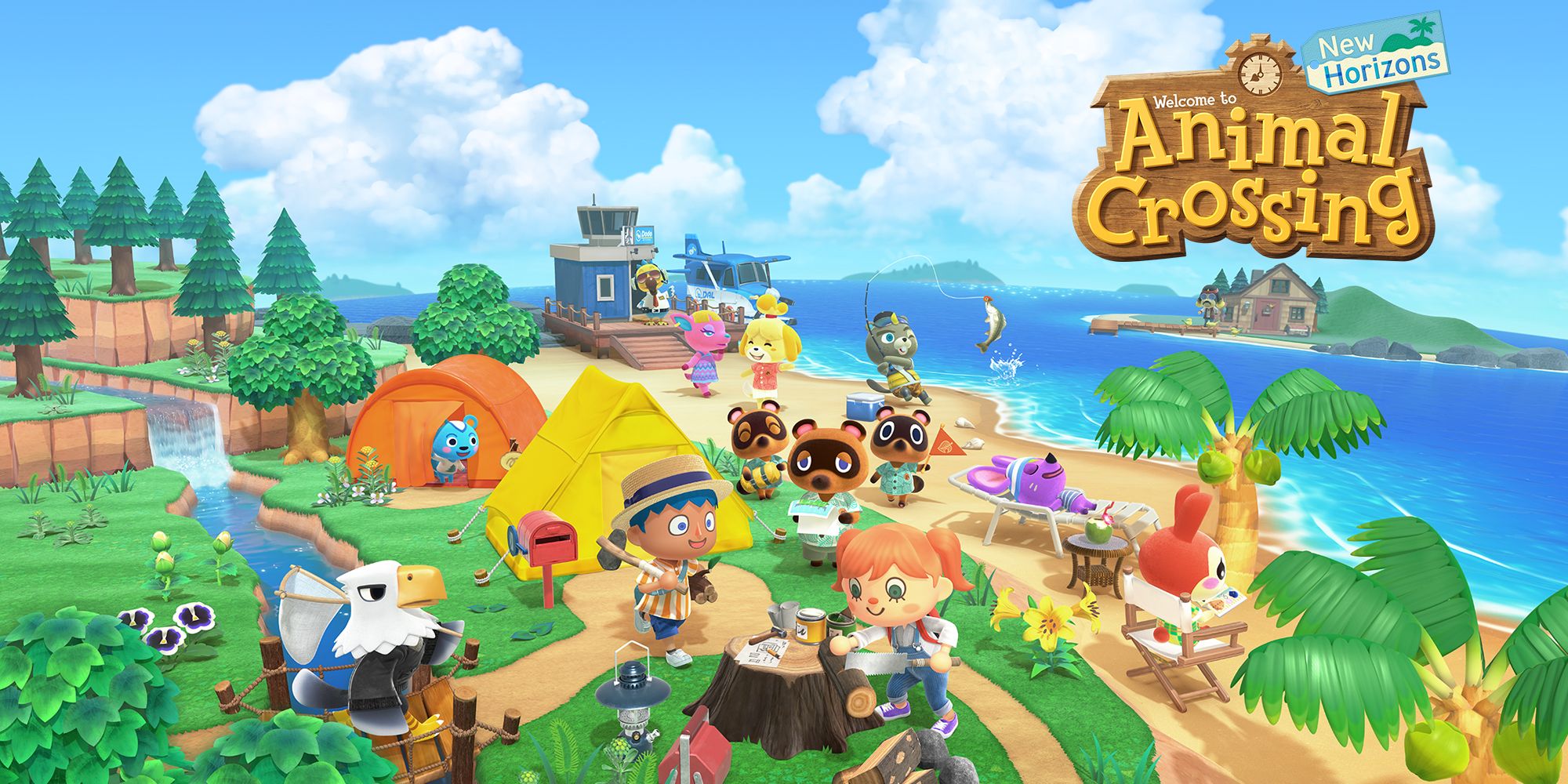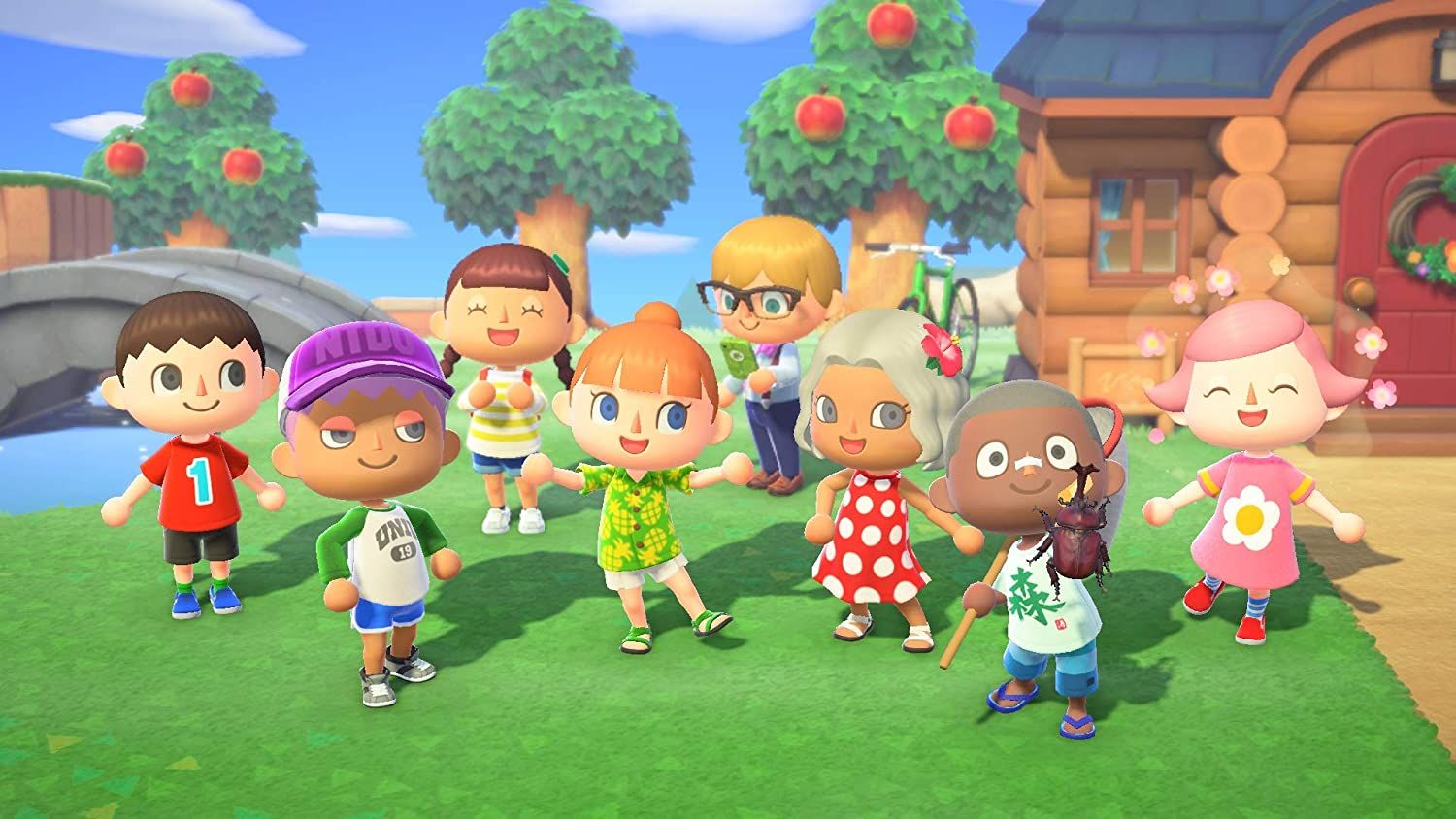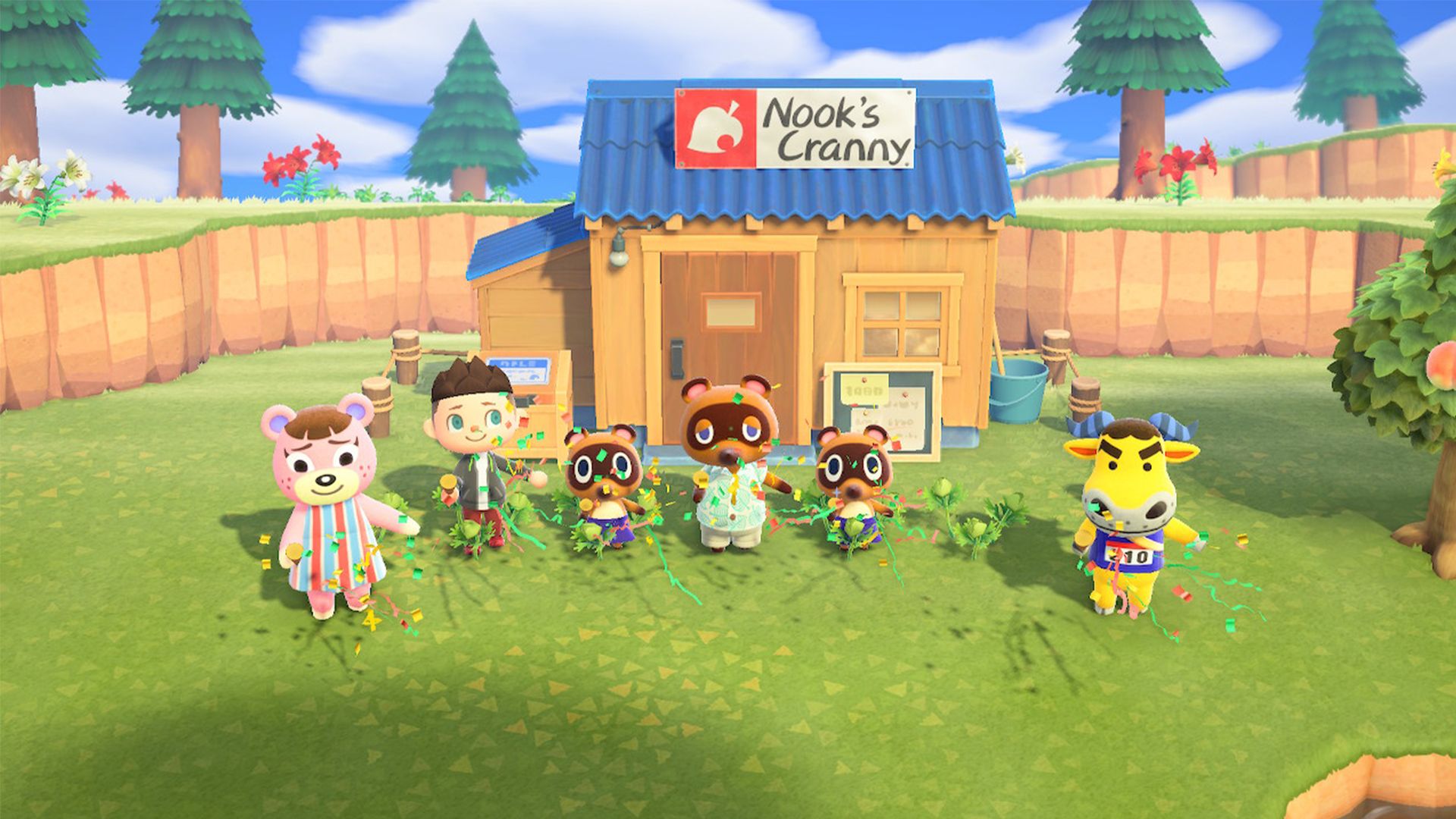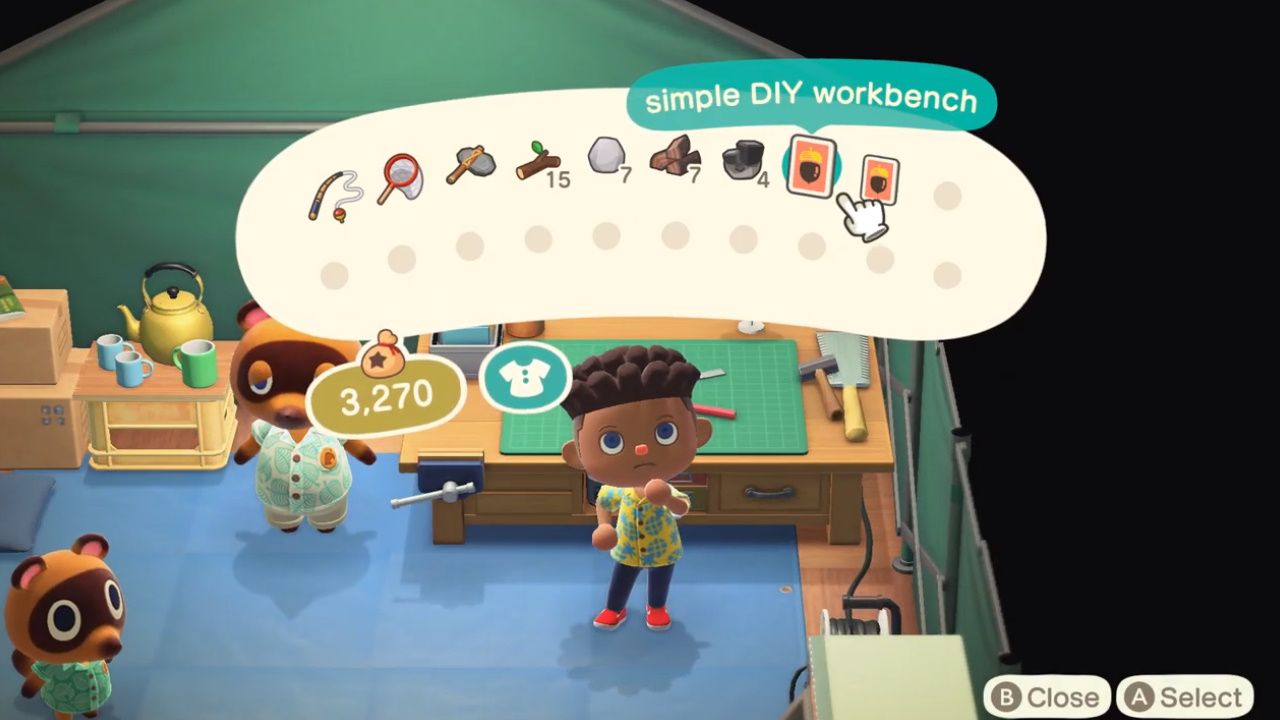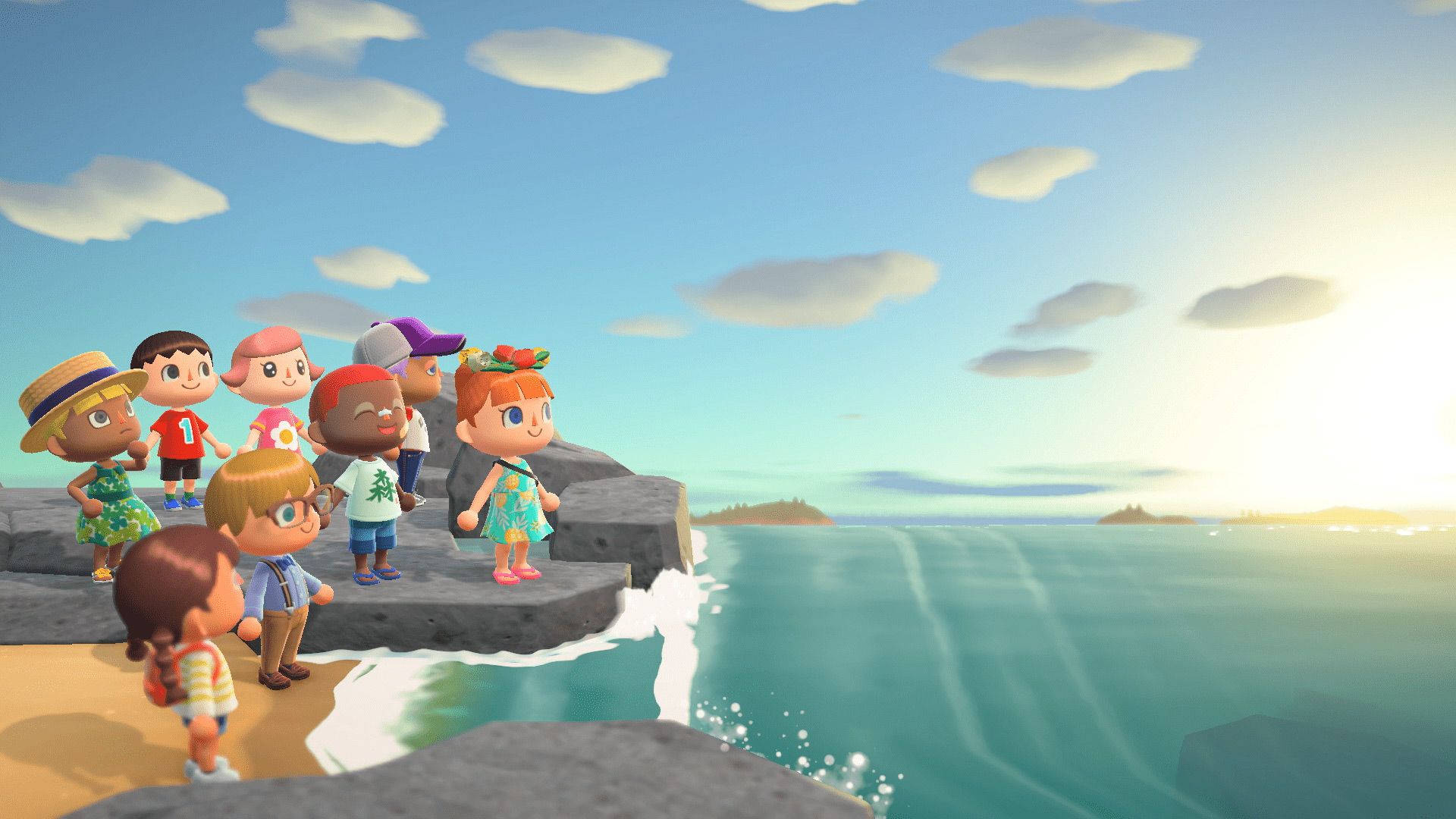Whether Nintendo intended for it to happen or not, Animal Crossing: New Horizons arrived at precisely the best or worst possible time, depending on how you look at things. There’s simply no way to account for the fact that New Horizons would arrive in the midst of a global pandemic that has fundamentally changed the way we live our lives (even if temporarily). But despite the fear, anxiety, and turmoil that this situation has brought, in another sense, New Horizons is exactly the game we need at this moment; a source of comfort, warmth, and a light through an uncertain world.
Even outside of those unusual circumstances, Animal Crossing: New Horizons--which comes eight years after the last mainline installment, Animal Crossing: New Leaf on 3DS--is a huge leap forward for the series and perhaps its best entry yet. The familiar and cozy loop of building your home, interacting with your other animal Villagers, and collecting items and resources is still as strong as it ever has been in Animal Crossing, making it easy to sink dozens (if not hundreds) of hours towards perfecting your island getaway into a home to call your own. But what really adds to the experience, aside from getting to settle in on a cozy island in the middle of the ocean, are a number of quality-of-life improvements and new features that make this Animal Crossing feel more personalized and tailored to the player than ever before.
The beginning of Animal Crossing: New Horizons has players venturing off on a flight to a deserted island, courtesy of the Nook Inc. Getaway Package. Upon your arrival, players are then introduced to Tom Nook and his assistants, Timmy and Tommy, who get you set up with your initial amenities; a lay of the land, a tent to call your own, a NookPhone, and two other Villagers to settle the island with. After Tom gets you set up with these items (and a massive debt of Bells to pay) and an introduction to some of the game’s core mechanics, from there players are set off to do pretty much anything they please. Whether you want to start working towards paying off your first loan, upgrading your tent to a house, collecting bugs, fish, and fossils, or develop your pyramid scheme for mass Bell production (tarantula farm or otherwise), the decisions are left for you to make at that point.
From the start of Animal Crossing: New Horizons things are pretty sparse, as you start out with just these items and have to make your own path to move forward. Given the series’ relaxed pacing, there’s no real rush to get where you want to be in terms of developing your island, but the beginning sections of New Horizons might be a change of pace for longtime series’ fans that are used to getting their town bustling quickly. Going from a bustling town full of Villagers to meet and places to explore contrasts sharply with the relatively barren nature of how New Horizons begins. The result is that the first few days (or week or two) of playing New Horizons may feel a little slow, as you won’t be able to get to some of the more interesting locations and mechanics until much later. If you want to be able to shop at the Able Sisters’ store, turn in items to Blathers at the museum, or begin to terraform your island, you’re going to need to put in some work to begin to open up those elements of the game.
[pullquote]"A number of quality-of-life improvements and new features make this Animal Crossing feel more personalized and tailored to the player than ever before."[/pullquote]
While Animal Crossing: New Horizons takes a bit of time to get going, the onboarding of new players and bringing them into the game’s gentle rhythm is perhaps one of the best parts of New Horizons as a whole. In a way, starting out with so little adds a lot to giving players in New Horizons a better sense of ownership in making their island their own. This is especially when it comes to some of the most significant new additions to the game through crafting and a ton of customization options. However, the new Nook Miles system really helps to guide players towards learning the ropes of Animal Crossing, and is by far one of my favorite new additions to the series.
Nook Miles are essentially reward points that the player can earn and spend on unique items or upgrades by completing different tasks around their island, and are separate from the Bells that you’ll collect by selling items you gather. The majority of the tasks that you can complete for Nook Miles are relatively straightforward. In your first couple days or weeks with the game, you’ll likely earn a bunch of them without even knowing it, whether it’s simply collecting items, catching fish, or other tasks you would naturally do while playing. However, the Nook Miles system adds both an additional layer of reward for players that incentivizes coming back to the game each day, giving structure and objectives for those that may not necessarily be accustomed to how Animal Crossing plays. In this way, the Nook Miles in New Horizons are a great way of giving players itemized tasks and rewards to give some direction if you’re lost, but without getting in the way of the sense of discovery and exploration that the series encourages.
[pullquote]"The new Nook Miles system really helps to guide players towards learning the ropes of Animal Crossing."[/pullquote]
Alongside the Nook Miles system, crafting especially brings some of the most important changes to how Animal Crossing traditionally plays, and for the most part it’s all for the better. While I’m someone that can get a bit overwhelmed by crafting systems in a lot of other games, the way that crafting is implemented in New Horizons makes perfect sense considering that so much time for players is spent on collecting items and resources. Thankfully, crafting in New Horizons doesn’t get too complex or convoluted, and once you get the basics of what you can make and how it can help you, crafting opens up a world of possibilities for players and their island community.
With your NookPhone, all you have to do is access the dedicated crafting app to open up the recipes that are initially available to you. The tools and resources that you can craft grow over time once you craft basic items like axes, fishing rods, or bug-catching nets, which then gradually lets you craft more refined and durable versions of those items. Once you learn the ropes of crafting and how to use items effectively (as they can break over time), crafting opens up much more of what you can build and do inside the world of Animal Crossing, such as making furniture and new items. Granted, in the early stages of the game you’ll have to get used to constantly crafting items that you’ll use a lot like nets and fishing rods when they break, but overall, crafting is a welcome addition that feels natural in the scope of New Horizons.
[pullquote]"Once you get the basics of what you can make and how it can help you, crafting opens up a world of possibilities for players and their island community."[/pullquote]
In addition to crafting, what New Horizons really puts at the forefront compared to previous Animal Crossing games are a wealth of customization and styling options. Aspiring fashion designers, artists, and home decorators will have a blast playing with the amount of tools in New Horizons that you can use to fully customize everything from clothing, to furniture, even down to the case of your NookPhone. Home decorating especially has had a number of quality-of-life improvements to make the process easier than before by taking some cues from Animal Crossing: Happy Home Designer. You can now simply rearrange furniture and items through an app on the NookPhone even down to changing the camera angle of your room, giving a greater amount of flexibility and control to really make your home shine, especially when you want to show off what you’ve spent so much time creating to your friends.
In a way, Animal Crossing: New Horizons is the type of game that’s difficult to review from only playing for a few weeks since its release. While so far I’ve experienced a good amount of what New Horizons has to offer from finally setting up shops and getting new Villagers, to finally getting a chance to start using the terraforming features of the Island Designer, there’s still plenty more to experience throughout the coming weeks (and likely, months) in the game, including its upcoming seasonal events. Animal Crossing has always been the type of game that is best enjoyed over a longer stretch of time, whether it’s checking in constantly and seeing what your Villagers are up to, collecting new bugs, fruit, and items, and trying to game the system when it comes to turnip prices. While there is still plenty more for me to do in the weeks ahead--and since you can only do so much in a given day in an Animal Crossing game--New Horizons makes it easy, appealing, and effortless to hop back in each day and find something new to do and to expand your island even more.
[pullquote]"New Horizons makes it easy, appealing, and effortless to hop back in each day and find something new to do and to expand your island even more."[/pullquote]
With its numerous quality-of-life improvements and additions, Animal Crossing: New Horizons is a big step forward for the series and found its perfect destination on the Switch. Especially given the current circumstances that we’re all facing right now in the world, it may have been unintentional that such a peaceful, idyllic game would arrive in the midst of so much fear, uncertainty, and stress. But thankfully, it’s nice to have a small, peaceful little place to escape to right now, and I can’t wait to keep coming back to it when I need it most.
Animal Crossing: New Horizons
- Franchise
- Animal Crossing
- Multiplayer
- Online Multiplayer , Local Multiplayer
- Expansions
- Animal Crossing: New Horizons — Happy Home Paradise
- ESRB
- E for Everyone: Comic Mischief
- Platform(s)
- Switch
- Released
- March 20, 2020
- Developer(s)
- Nintendo EPD
- Publisher(s)
- Nintendo
- Genre(s)
- Simulation

